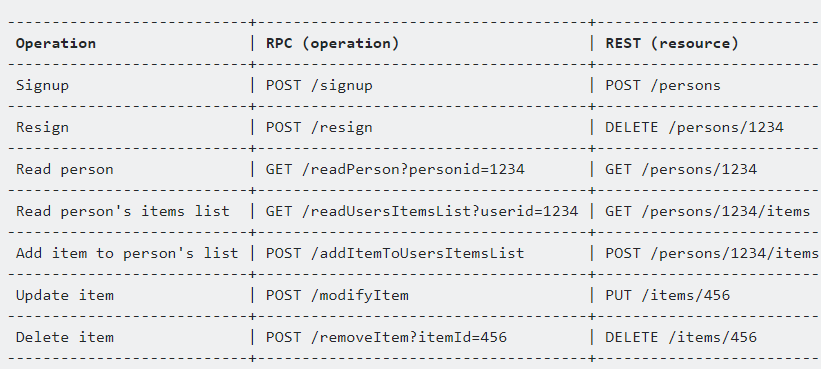

This makes for a far more efficient and convincing case for scale-out architectures. The stateless nature of REST (as in State Transfer) means if we need to make changes, we simply enhance the representations, while the control methods-the API itself-are left untouched.

Įxpose a specific requirement - The state would then be controlled by using standard HTTP methods:.REST, on the other hand, would allow me to simply use two entry points-the set of requirement s itself and an ID-as follows:Įxpose the entire set of requirement s.

When changing parameters such as name, number, or severity, we are faced with a choice of either 1) breaking the API and making the service temporarily unavailable, or 2) adding another or new API, which, with backward-compatibility considerations, significantly overloads it. This route can bring about unnecessary complexity. Reveal and control the requirement ’s state by exposing a set of getters and setters.Įxpose a server API for removing the requirement (e.g., delete Requirement ). In a SOAP scenario, I would need to take the following steps:Įxpose a server API for creating requirements (e.g., createRequirement), which receives a set of predefined parameters. Say I have in place a requirement management system that acts as a relational database in the back end and answers on the web to the URL. Here are some examples of statelessness that illustrate the value of REST. Last, REST, as an architectural style, is simple to understand and closer to the web itself in its design philosophy. However, in SOAP (Simple Object Access Protocol), changes are made by accessing server objects remotely, while REST focuses on representing server objects on the client side ( which is the Representational in REST more on that in the example below). Of course, they both work well in distributed enterprise environments and are language- and platform-independent. SOAP is more of a protocol, whereas REST is an architectural style, so a head-to-head comparison isn’t actually constructive, in my opinion. In fact, some of the HTTP requests often being used have more similarities with the basic concepts of SOAP than with REST. Not all calls implemented on top of the HTTP protocol can be referred to as RESTful services, even if they are provided using REST frameworks such as Jersey. Perhaps because REST almost always uses HTTP as the protocol for transfer, when people talk about how they use REST, they are often actually referring to a hybrid API of HTTP requests and REST.
Soap vs rest vs rmi software#
Even though the concept of REST ( Representational State Transfer ) APIs is well known in the software industry and is well-accepted as an architectural style for web services, the number of misconceptions about its nature is always surprising to me. Is it REST, or is it not?įirst, let’s get something out of the way.
Soap vs rest vs rmi how to#
This article will show you how to harness REST APIs to make your legacy services more usable.

Soap vs rest vs rmi upgrade#
However, in my experience, pure REST APIs can actually be a major upgrade in how easily and effectively you can interact with legacy services and apps, with similar benefits around simplicity, efficiency, the leanness of APIs, and being detached from the traditional client-server construct. When I mention REST to developers, I often find they associate it with the latest APIs from leading modern applications from the likes of Google, Facebook, and Twitter.


 0 kommentar(er)
0 kommentar(er)
